Books

Pollux’ Onomastikon: Ein griechischer Thesaurus des 2. Jahrhunderts n.Chr.
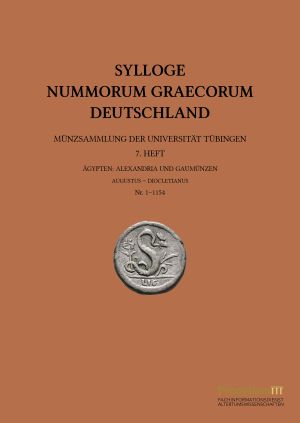
Sylloge Nummorum Graecorum Deutschland. Münzsammlung der Universität Tübingen
The 7th volume of the Tübingen SNG (Sylloge Nummorum Graecorum Deutschland) series publishes the Roman provincial coinage from Egypt in the Tübingen collection of the Institute of Classical Archaeology. The catalog comprises 1170 coins – from Augustus to Diocletian from Alexandria and the nomes –, which are presented according to the latest scientific standards.
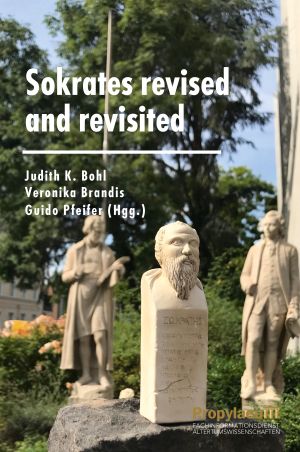
Sokrates revised and revisited
Under the title Sokrates revised and revisited, a cooperative project dedicated to the trial of Socrates took place in 2021/22 at the Lessing-Gymnasium and the Goethe University Frankfurt am Main. Among its highlights there was an academic symposium and a staging of the trial. The volume contains the papers presented at the symposium as well as further contributions both from an academic perspective and out of the context of the actual project work. The articles reflect the current state of research on the Socrates trial and illustrate the great potential of creative debate on the ancient tradition.

Reflexion 2
The double volume “Theory | Archaeology | Reflection. Controversies and approaches in German-language discourse” is dedicated to the diversity of approaches that shape archaeological theoretical discourse today and in the near future. To this end, it brings together groundbreaking contributions, exciting thought experiments and initial theoretical approaches across the archaeological spectrum. Both established and young academics contribute new impulses and approaches to the discourse or discuss existing approaches. The contributions in volume 2 focus on relations and relationships, time and space as well as models, analogies and abstractions in archaeology.
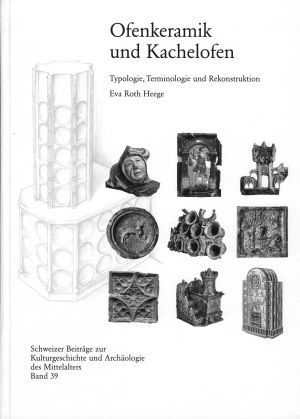
Ofenkeramik und Kachelofen
Stoves and their decorative tiles are of great importance for the study of late medieval and early modern living in central Europe. This publication examines the tiled stove as the “heating system of the Middle Ages” on one hand, and its component parts, the tiles, on the other. The study is based on a comprehensive system for classifying stove-tiles from German-speaking regions and presents descriptions and images of many different types of tiles from Switzerland, Germany, Austria and Lichtenstein including a glossary in 17 languages.
The book also outlines the current state of tiled-stove research in Switzerland and its neighbouring countries, discusses the way in which stove tiles were made and deals with the topic of “reconstruction”, a theme of great importance for cultural history. The value of pictorial sources and stove types is also discussed and the largest collection of stove models in Switzerland is presented. Numerous illustrations make this book appealing even to non-experts who have an interest in archaeology and cultural history, both in Switzerland and abroad.
Unlike pottery specialists, stove-tile researchers had not up to now established a supraregional system or set of guidelines for the study of stove tiles. This book has filled this gap for the German-speaking regions.

Ancient Egypt in the Museums of Mallawi and Hildesheim
For more than twenty years, the University of Minia, the University of Applied Sciences and Arts Hildesheim / Holzminden / Göttingen (HAWK) and the Roemer and Pelizaeus Museum Hildesheim (RPM) have enjoyed a close and friendly cooperation. This catalog was created as part of the training of students. A selection of Egyptian antiquities from the Mallawi Museum, located in the governorate of Minia, is juxtaposed with comparable Aegyptiaca from the Roemer- und Pelizaeus-Museum Hildesheim. Egyptian and German students, supported by researchers from both universities and staff from both museums, worked on the project.
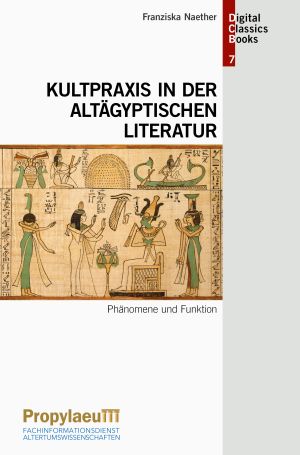
Kultpraxis in der altägyptischen Literatur
In Ancient Egypt, numerous cult practices are attested – from encounters with gods, demons, and death to processions, oracles, and magical spells. These cult practices also appear in literary texts from the Middle Kingdom (c. 2137 B.C.) to the Roman Empire (c. 3rd century A.D.) – in Middle Egyptian, Late Egyptian, and Demotic. In this book all passages of the ca. 200 narrative, instructional, and discursive literary works are analyzed in their entirety for the first time. The main research question is as follows: Are cult practices as we know them from ritual manuscripts and/or are they described differently to serve other purposes?
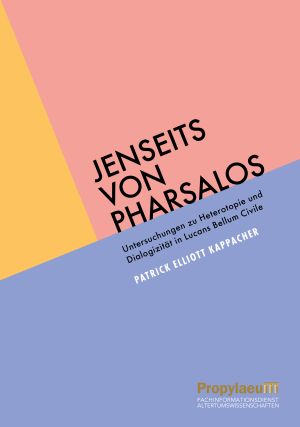
Jenseits von Pharsalos
Lucan’s Bellum Civile is a contradictory and at times frustrating epic. Dominated by a prominent and vocal narrating voice constantly anticipating possible stances toward the text and reducing these to absurdity, it seems to have little room for purpose and meaning.
This book sets itself the task to demonstrate a possible escape from this perplexity: Building on the concepts of Heterotopia according to Michel Foucault and Dialogism according to Mikhail Bakhtin, it is shown how alternative voices open up other spaces within the epic – and in doing so for its readers also create new ways of dealing with the text.






